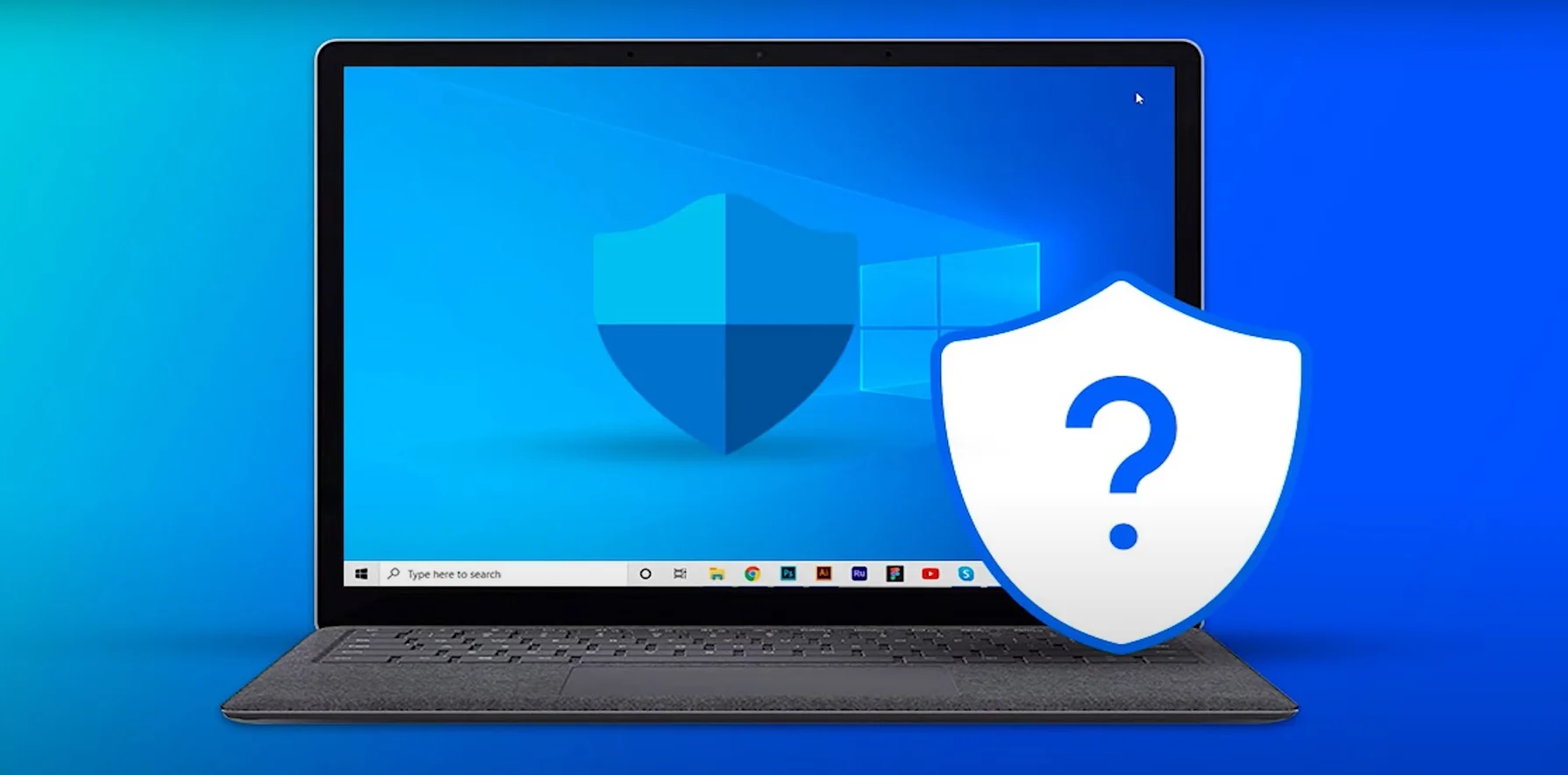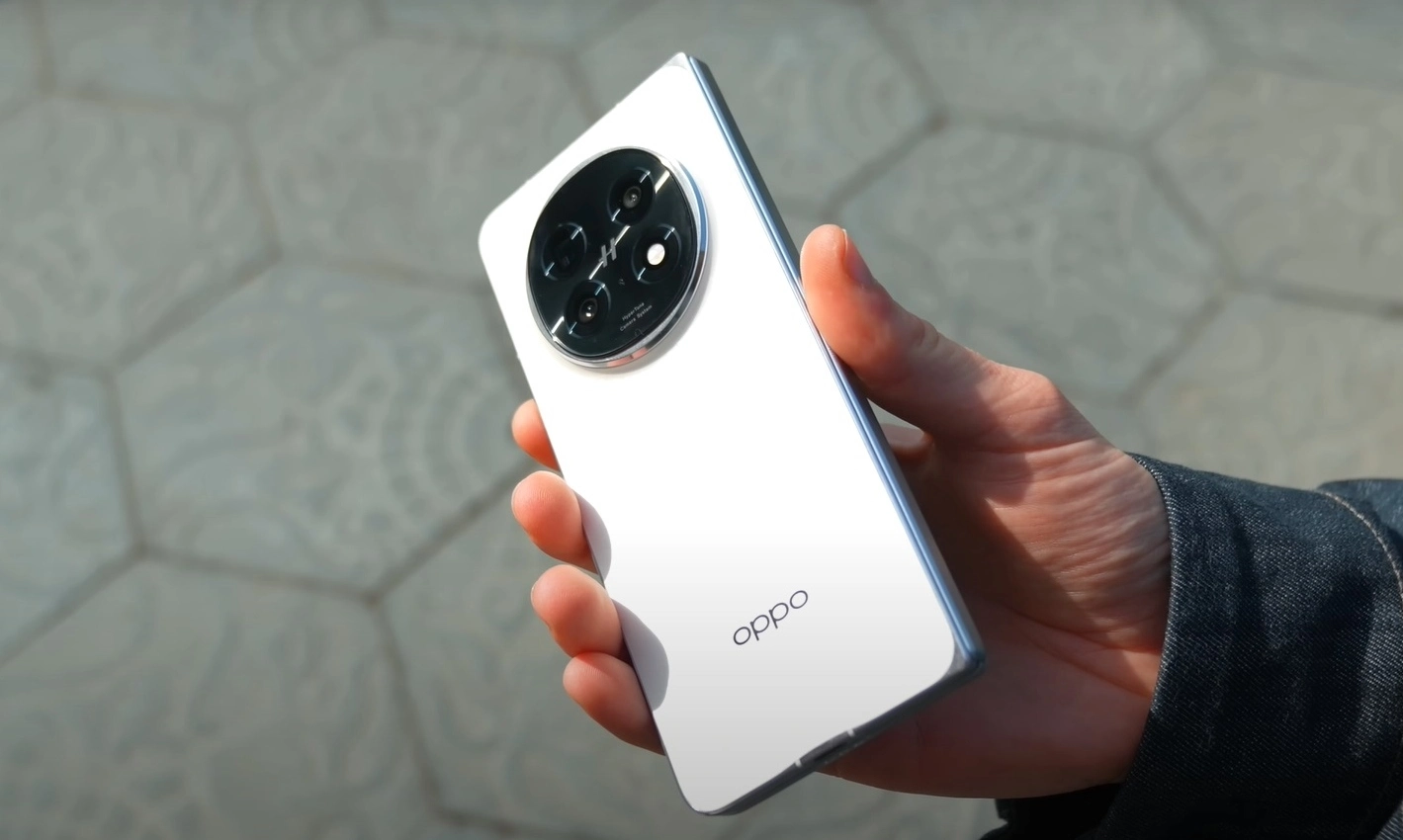The mid-range segment in 2025 is far from what it used to be. What was once basic, limited-feature phones are now powerful tools for productivity, photography, and AI integration. In this new era, two tech giants go head-to-head with very different philosophies: the Pixel 9a, a direct descendant of the pure Android experience enhanced by AI, and the Galaxy A56, a refined representative of Samsung’s ecosystem with a more polished design and aggressive market strategy.
Both phones compete in the same price range (between $400 and $500 USD), but their approaches are worlds apart. So, which one is worth your money? Let’s break it down.
Specs Comparison Table
| Feature | Google Pixel 9a | Samsung Galaxy A56 |
|---|---|---|
| Display | 6.1” OLED FHD+, 120 Hz | 6.5” AMOLED FHD+, 120 Hz |
| Processor | Google Tensor G3 | Snapdragon 7 Gen 3 |
| RAM and Storage | 8 GB + 128/256 GB | 8 GB + 128/256 GB |
| Rear Cameras | 64 MP (main) + 13 MP (ultra wide) | 50 MP (main) + 8 MP (ultra wide) |
| Front Camera | 13 MP | 13 MP |
| Battery | 4,600 mAh, 18W charging | 5,000 mAh, 25W charging |
| Operating System | Android 15 (stock, 7 years support) | One UI 7.0 on Android 15 (4 years) |
| Fingerprint Sensor | Under-display (optical) | Side-mounted (power button) |
| Connectivity | 5G, WiFi 6E, Bluetooth 5.3 | 5G, WiFi 6, Bluetooth 5.2 |
| Estimated Price (USD) | From $449 | From $399 |
Design and Build Quality: Minimalism vs Elegance

The Pixel 9a stays true to Google’s design DNA: clean lines, a matte finish made from recycled plastic, and a minimalist aesthetic that some find “boring” but others appreciate for its unique identity. It also features IP67 water and dust resistance—a practical edge over the A56’s basic splash protection.
The Galaxy A56, on the other hand, goes for a sleeker design, with glass backing and metallic edges that feel more premium in hand. Samsung clearly values aesthetics, and it shows. In terms of visual appeal, the A56 takes the lead, although the Pixel is slightly more durable.
Display: Technically a Tie, But with Nuances
Both phones feature excellent FHD+ displays with vibrant colors, deep blacks, and smooth 120 Hz refresh rates. However, the differences lie in the details:
-
The Galaxy A56 offers a larger 6.5” screen, ideal for media consumption or gaming.
-
The Pixel 9a is more compact at 6.1”, which many will appreciate for one-handed use.
Under direct sunlight, both perform well, but the Pixel has a slightly higher peak brightness, which can be a plus outdoors.
Performance: Raw Power vs Smart Optimization
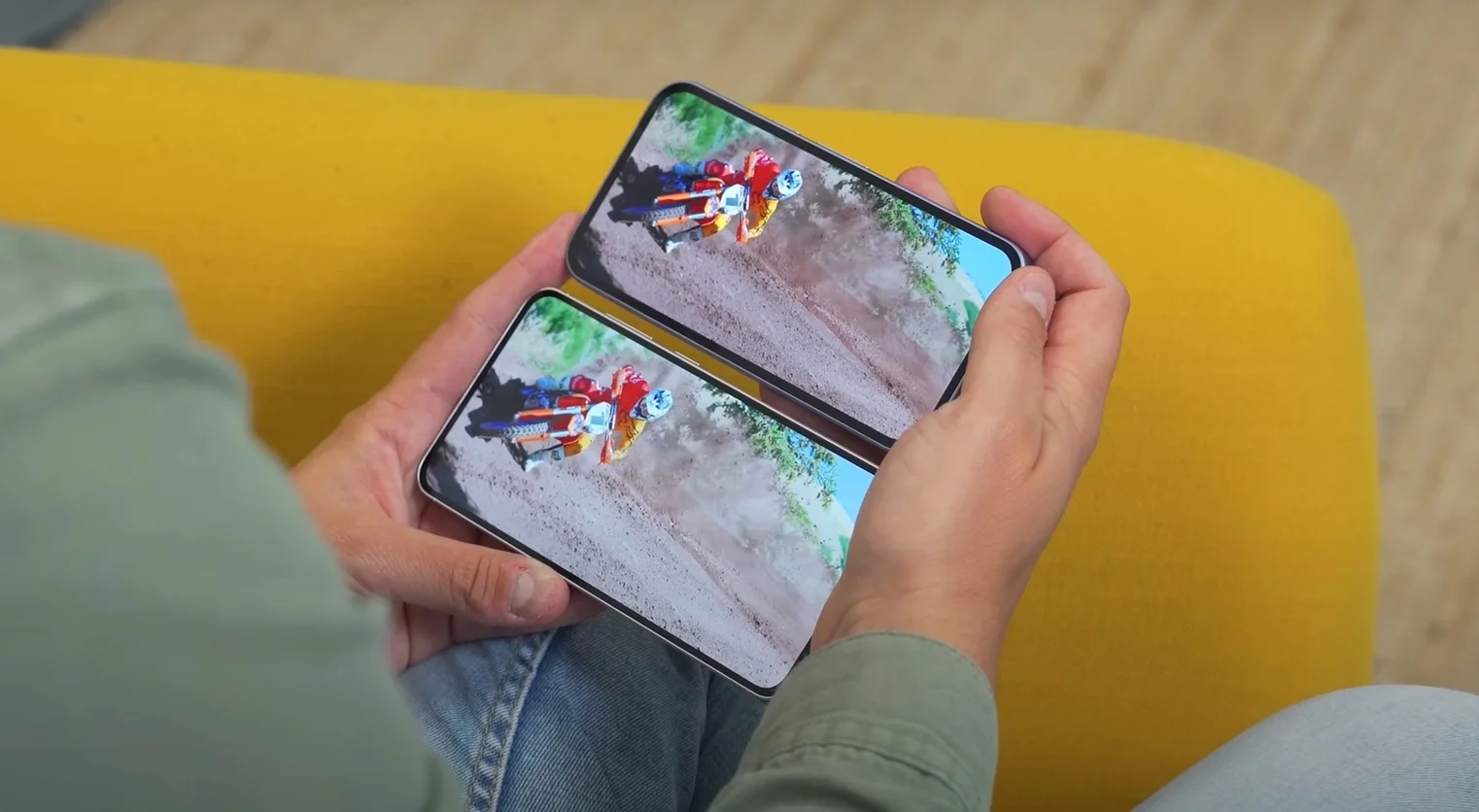
Here’s where things get interesting. The Google Tensor G3 may not lead in synthetic benchmarks, but it excels in AI-driven tasks like live translation, voice typing, photo editing via commands, and more.
The Snapdragon 7 Gen 3 in the Galaxy A56 delivers more stable performance for gaming and multimedia, with less heat and better energy efficiency. It’s a more conventional chip, but also more balanced.
If you prioritize AI features and future-proofing, the Pixel 9a wins. If you want consistency and smooth multitasking, the A56 is your ally.
Cameras: Smarter Processing vs Bigger Sensors
The Pixel 9a proves you don’t need massive sensors for top-tier photos. Thanks to Google’s computational photography (HDR+, Night Sight, Real Tone), it outperforms most phones—even in this price range—especially in low light or complex lighting scenarios.
The Galaxy A56’s 50 MP sensor captures good detail in daylight, but its image processing leans toward oversaturation, and it struggles with contrast and night shots. The ultra wide lens is average at best.
If you care about mobile photography, the Pixel 9a is the clear winner.
Battery Life and Charging: Samsung Pulls Ahead
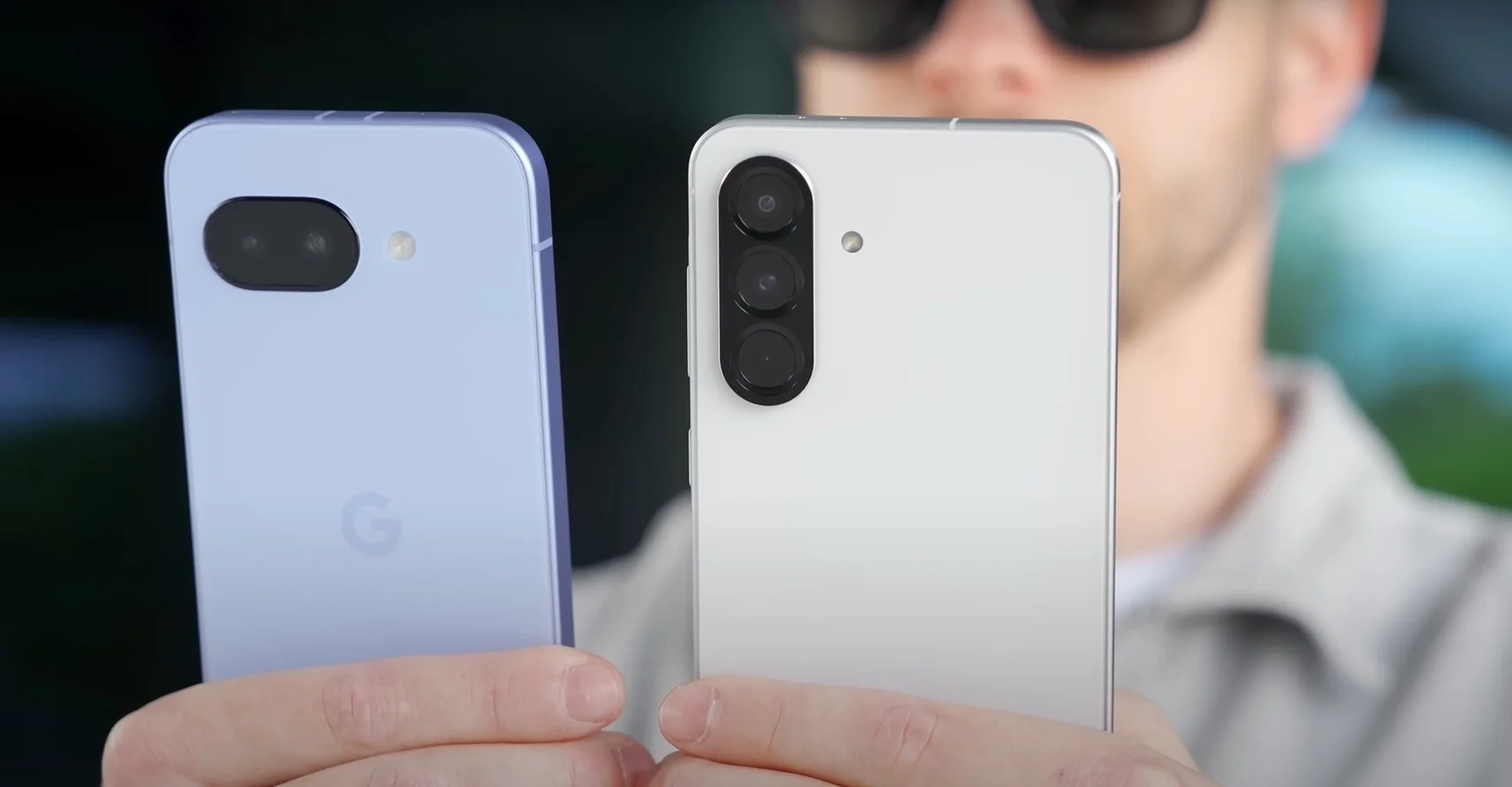
In this category, the Galaxy A56 has a clear edge. Its 5,000 mAh battery provides up to 7 hours of screen-on time, and the 25W charging is noticeably faster than the Pixel’s 18W—plus, Google still doesn’t include a charger in the box.
In terms of endurance, the A56 lasts longer. The Pixel 9a tries to make up for its smaller 4,600 mAh battery with software optimization, but it doesn’t fully close the gap.
User Experience: Stock Android vs One UI
The Pixel 9a runs clean Android 15, with no bloatware, no duplicate apps, and direct updates from Google—guaranteed for 7 years. It’s smooth, minimalistic, and always up to date.
The Galaxy A56 ships with One UI 7.0, Samsung’s highly customized skin packed with features like multitasking tools, Samsung Knox, and Wallet. While it’s rich in functionality, it’s also heavier and slower to get updates.
For purists and tech-savvy users, the Pixel offers the better experience. For customization and features out of the box, One UI has more depth.
Software Support: Google Sets a New Standard
No competition here—Google wins hands down. The Pixel 9a will receive 7 years of major Android and security updates, something no other mid-range phone currently offers.
Samsung promises 4 years of system updates and 5 years of security patches, which is good, but no match for Google’s long-term commitment.
Price and Value: What Do You Get for Your Money?
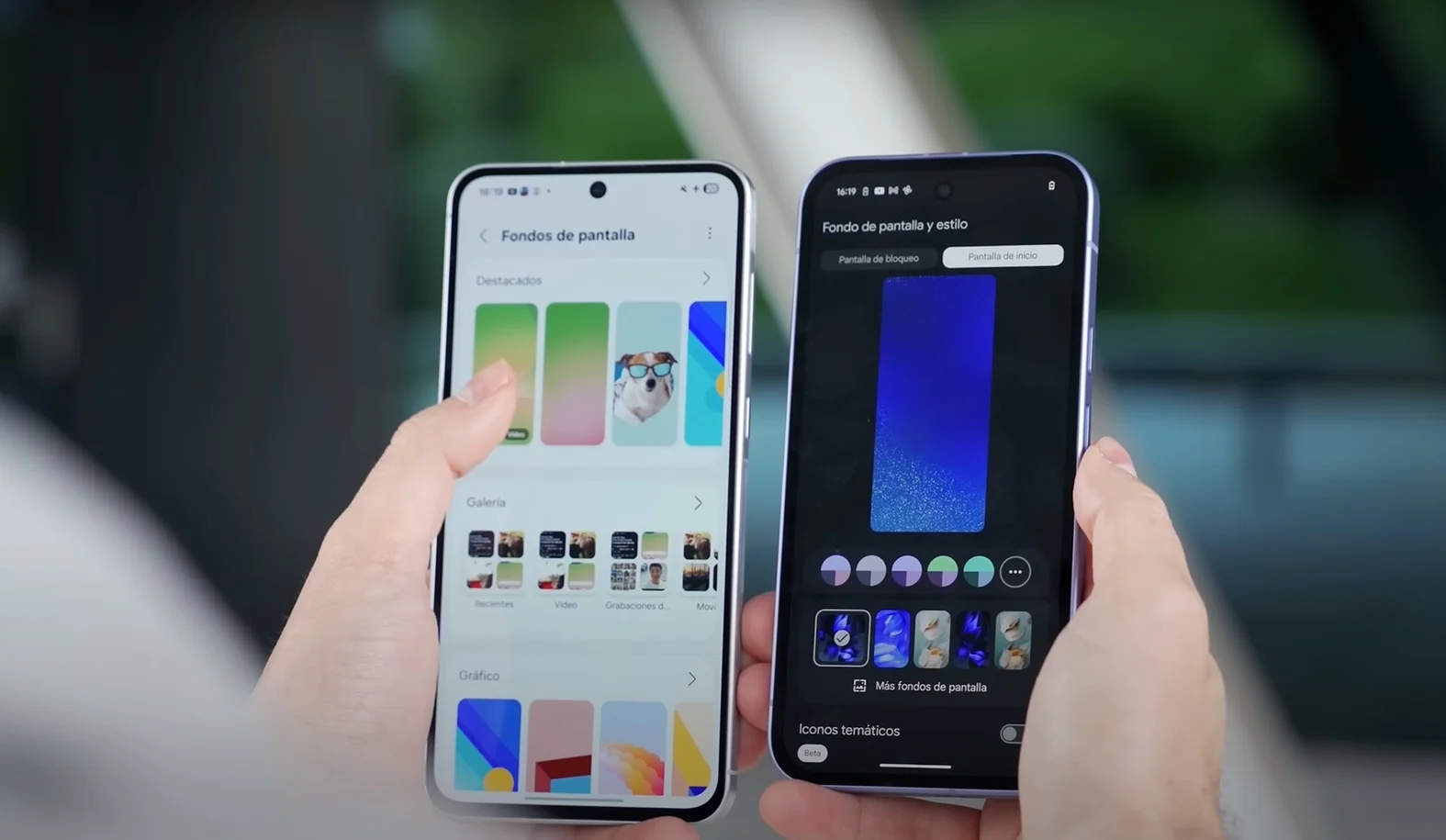
The Galaxy A56 is cheaper (about $50–70 less, on average), making it a better choice for those on a tight budget. It offers a well-rounded package: good screen, solid battery life, and premium looks.
The Pixel 9a costs more but delivers better cameras, longer software support, and tighter AI integration. It’s a device built for the long haul.
-
Looking for the most complete experience for less? → Galaxy A56
-
Want longevity, superior photography, and clean Android? → Pixel 9a
Which Should You Buy?
Both phones are excellent mid-range options, but they cater to different audiences.
-
The Pixel 9a is for those who value clean software, exceptional photography, and cutting-edge AI features. It’s a long-term investment, ideal for fans of the Google ecosystem.
-
The Galaxy A56 is for users who prioritize battery life, elegant design, stable performance, and a more customizable experience. It’s a practical, good-looking device that costs less.
The Pixel 9a outperforms in camera quality, software updates, and overall user experience, but the Galaxy A56 wins in battery and affordability. If budget isn’t your main concern, the Pixel 9a is the mid-range phone to beat in 2025.


